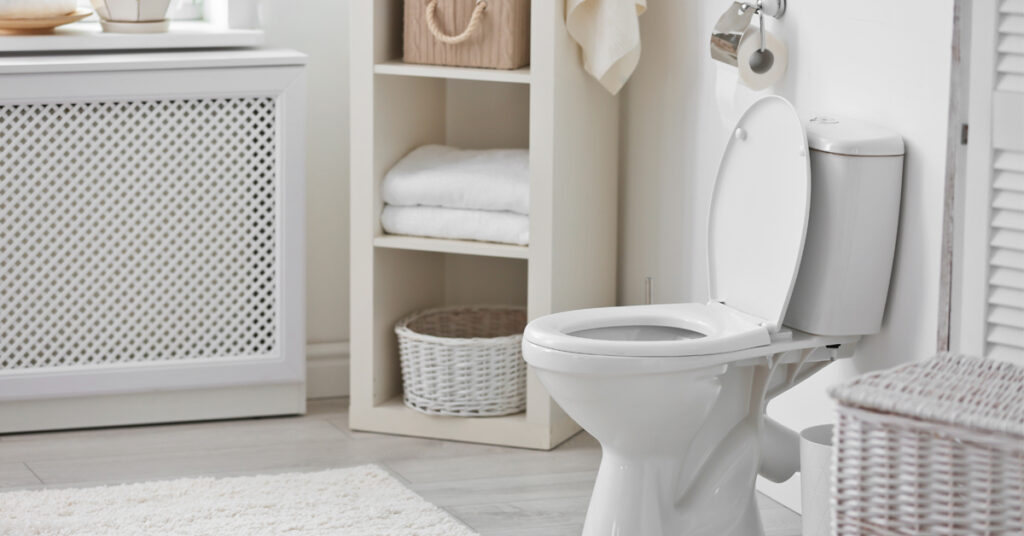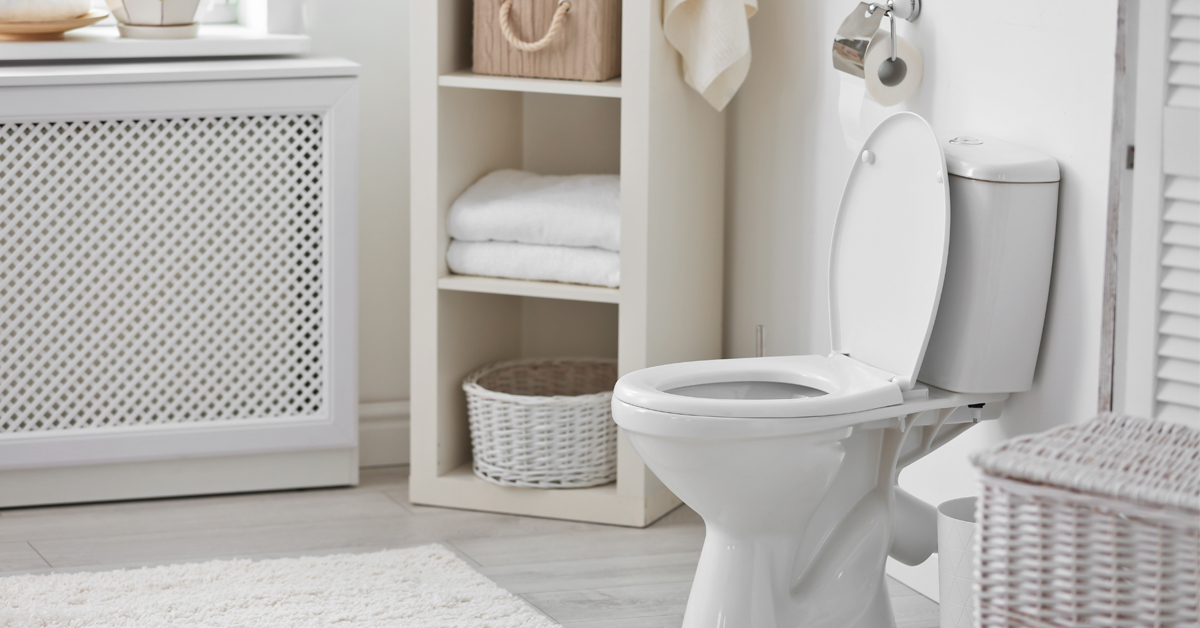
Overactive bladder (OAB) affects millions of people around the world. The main symptoms are sudden and frequent urges to pee, which can be difficult to control. OAB can significantly impact your quality of life, making it difficult to perform everyday activities, socialize, and even sleep. Fortunately, there are several treatment options available to help manage OAB symptoms and improve quality of life.
When you’re diagnosed with OAB, your urologist will use evidence-based recommendations for diagnosing and treating OAB. These guidelines are based on the best available evidence and provide a framework for healthcare providers to help their patients determine the best treatment plan for them.
OAB Diagnosis
The first step in managing OAB is to receive an accurate diagnosis. Your urologist will most likely recommend a comprehensive evaluation, which includes a medical history, physical examination, and a bladder diary. To complete a bladder diary, you’ll record when you urinate and how much you’ve urinated over a 24-hour period. This helps identify patterns and triggers that may contribute to your OAB symptoms.
In some cases, additional testing, such as urodynamic testing or cystoscopy, may be necessary. Urodynamic testing measures the pressure and flow of urine during urination, while cystoscopy involves using a small camera to examine the inside of the bladder.
OAB Treatment
Once a diagnosis of OAB has been confirmed, treatment options can be explored. Your physician will help you take a stepwise approach to manage your OAB, starting with lifestyle modifications and progressing to medications or more invasive treatments if necessary.
Lifestyle modifications
The first step in managing OAB symptoms is to make lifestyle modifications. These may include:
- Fluid management: Reducing fluid intake, particularly before bedtime, can help to reduce OAB symptoms.
- Bladder training: This involves gradually increasing the time between urination, which can help to improve bladder capacity and reduce the frequency of urges.
- Pelvic floor muscle exercises: Also known as Kegel exercises, these can help to strengthen the muscles that control urination and improve bladder control.
- Weight loss: Being overweight can put additional pressure on the bladder, exacerbating OAB symptoms. Losing weight can help to reduce symptoms.
Medications
If lifestyle modifications alone do not provide sufficient relief, your doctor may recommend medication. You’ll usually start with first-line therapy, such as antimuscarinic medications or beta-3 agonists. Antimuscarinic medications block the action of a neurotransmitter that stimulates bladder contractions, while beta-3 agonists work by relaxing the bladder muscle.
In some cases, combinations of medications may be necessary.
Advanced Therapies
If medications and lifestyle changes aren’t working, second-line therapies such as botulinum toxin injections or neuromodulation may be considered. Botulinum toxin injections, more commonly known as Botox, involve injecting the bladder muscle with a medication that paralyzes it temporarily. This helps stop the bladder muscles from spasming or contracting when they shouldn’t, relieving urinary urgency.
Neuromodulation involves using electrical impulses to stimulate the nerves that control bladder function. Two ways of performing neuromodulation are PTNS and InterStim. PTNS stands for percutaneous nerve stimulation and is done as an outpatient procedure. During the procedure, an electrode is inserted into the tibial nerve near the ankle. This nerve connects to the sacral nerves controlling the bladder. Stimulation of these nerves can be effective in managing OAB symptoms.
InterStim involves implanting a small electrical device, similar to a pacemaker, under the skin near the buttocks. An electrode is inserted into the sacral nerves where electrical impulses can be delivered to retrain the nerves controlling bladder function. This minimally invasive procedure can be very effective in treating unwanted OAB symptoms when other treatments haven’t been successful.
Get Help Managing Your OAB
If you are experiencing symptoms of OAB, it’s important to work with your urologist to get an accurate diagnosis and follow a logical approach to managing your symptoms. With the right treatment plan, many people can find relief from their symptoms and enjoy a better quality of life.
Don’t suffer from the symptoms of OAB any longer – schedule an appointment today!

